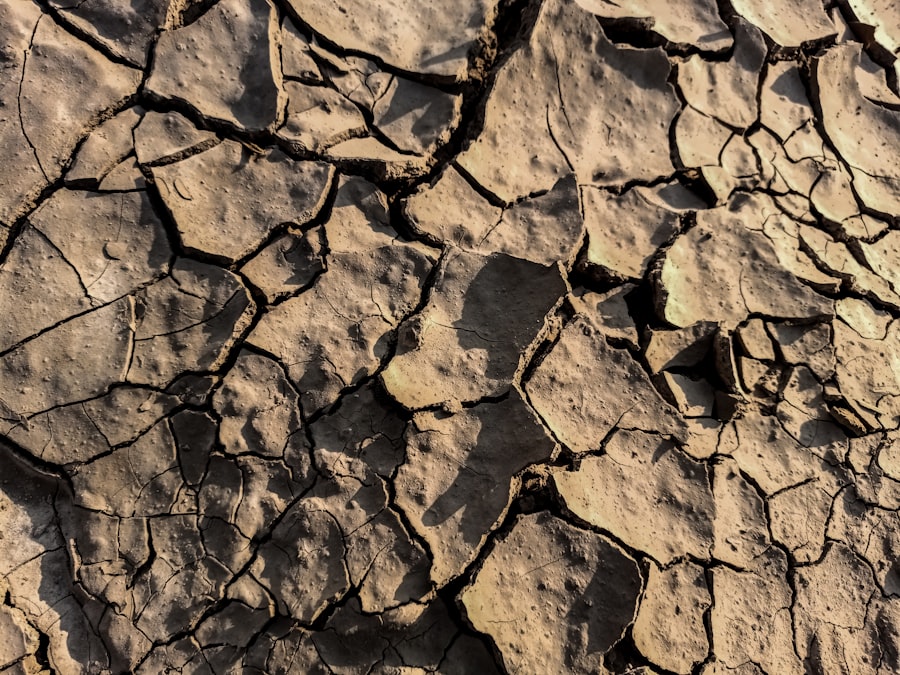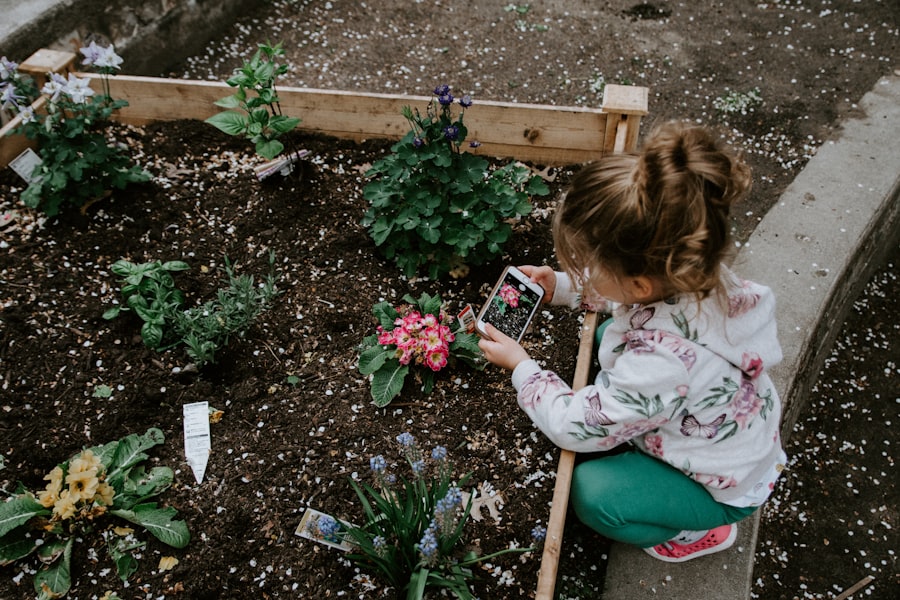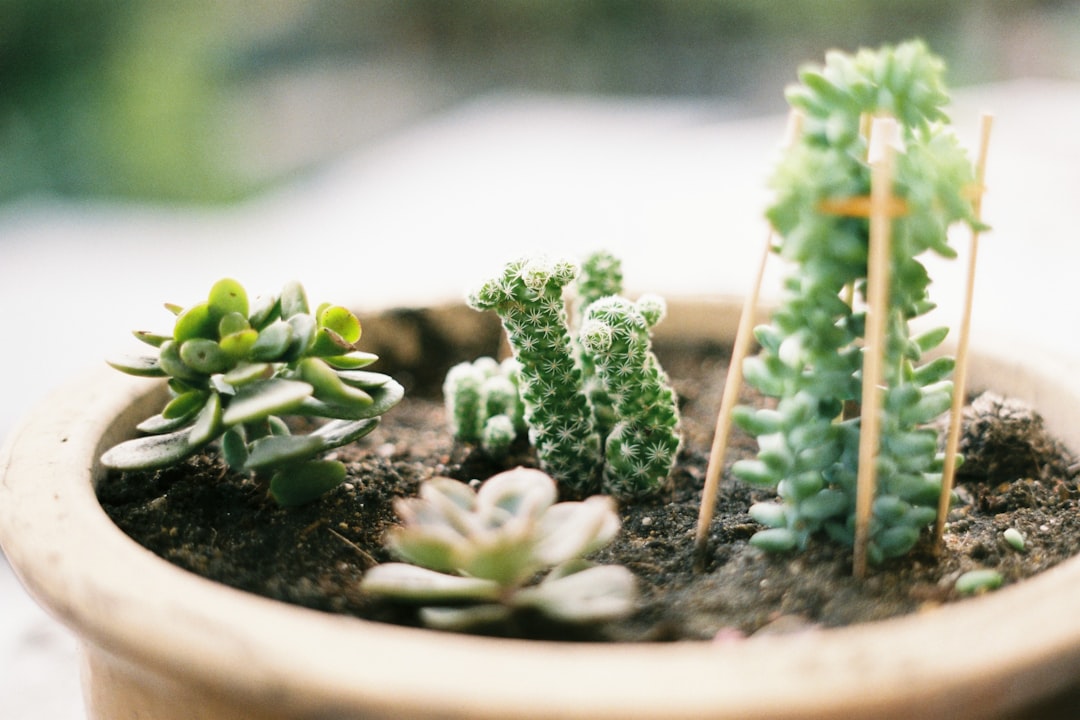Peat moss, derived from the partially decomposed remains of sphagnum moss, has long been a staple in gardening and horticulture. Its unique properties make it an excellent soil amendment, particularly for improving moisture retention and aeration in various growing mediums. Gardeners often turn to peat moss for its ability to create a light, fluffy texture that promotes healthy root development in plants.
Additionally, peat moss is slightly acidic, which can be beneficial for acid-loving plants such as blueberries and azaleas. Its widespread use spans from potting mixes to seed starting, making it a versatile component in the gardening toolkit. However, the environmental implications of harvesting peat moss have come under scrutiny in recent years.
The extraction process can lead to significant ecological disruption, as peat bogs are vital carbon sinks that play a crucial role in mitigating climate change. As awareness of these issues grows, many gardeners are beginning to seek alternatives to peat moss that can provide similar benefits without the associated environmental costs. This shift prompts a deeper exploration of the negative effects of peat moss on certain vegetables and the various substitutes available for improving soil texture.
Key Takeaways
- Peat moss is a popular soil amendment in gardening due to its ability to improve soil structure and water retention.
- Certain vegetables, such as tomatoes and peppers, may be negatively affected by the high acidity and low nutrient content of peat moss.
- Alternatives to peat moss for improving soil texture include coconut coir, vermiculite, perlite, pine bark, leaf mold, and green manure.
- Compost is a sustainable and nutrient-rich alternative to peat moss that can improve soil structure and fertility.
- Coconut coir is an environmentally friendly substitute for peat moss, offering excellent water retention and aeration properties for plant growth.
The Negative Effects of Peat Moss on Certain Vegetables
While peat moss is often lauded for its benefits, it can have detrimental effects on specific vegetable crops. One significant concern is its high acidity level, which can hinder the growth of vegetables that prefer neutral to alkaline soil conditions. For instance, crops like carrots and beets thrive in soils with a pH range of 6.0 to 7.0.
When peat moss is incorporated into the soil without proper balancing, it can lead to nutrient deficiencies and stunted growth in these vegetables. The acidic environment created by peat moss can also affect the availability of essential nutrients such as calcium and magnesium, further complicating the cultivation of sensitive crops. Moreover, the hydrophobic nature of dried peat moss can pose challenges during dry spells.
When peat moss dries out, it can become difficult to rehydrate, leading to uneven moisture distribution in the soil. This inconsistency can stress plants, particularly those with shallow root systems that rely on consistent moisture levels. Vegetables such as lettuce and spinach, which require regular watering for optimal growth, may suffer from wilting or bolting if the soil becomes too dry due to the properties of peat moss.
As gardeners become more aware of these potential pitfalls, they are increasingly motivated to explore alternative soil amendments that can support a wider range of vegetable crops.
Alternatives to Peat Moss for Improving Soil Texture

In light of the drawbacks associated with peat moss, numerous alternatives have emerged that can enhance soil texture while minimizing environmental impact. One such alternative is compost, which not only improves soil structure but also enriches it with essential nutrients. Compost is created through the decomposition of organic matter, including kitchen scraps and yard waste, resulting in a nutrient-dense material that fosters beneficial microbial activity in the soil.
By incorporating compost into garden beds, gardeners can achieve improved aeration and moisture retention without the acidity associated with peat moss. Another viable substitute is coconut coir, a byproduct of coconut processing that has gained popularity in recent years. Coconut coir is an excellent option for improving soil texture due to its fibrous nature and ability to retain moisture while providing good drainage.
Unlike peat moss, coir is pH-neutral, making it suitable for a broader range of vegetables. Additionally, coir is a renewable resource, as it is derived from coconut husks, making it an environmentally friendly choice for gardeners looking to reduce their reliance on peat moss.
Using Compost as an Alternative to Peat Moss
Compost stands out as one of the most effective alternatives to peat moss due to its multifaceted benefits for soil health and plant growth. When added to garden soil, compost enhances its structure by promoting aggregation and improving aeration. This improved structure allows roots to penetrate more easily while facilitating water movement through the soil profile.
The organic matter in compost also serves as a reservoir for nutrients, releasing them slowly over time and reducing the risk of nutrient leaching during heavy rains. Furthermore, compost contributes to the overall biodiversity of the soil ecosystem by introducing beneficial microorganisms that aid in nutrient cycling and disease suppression. These microorganisms help break down organic matter further, making nutrients more accessible to plants while also enhancing soil fertility over time.
For example, when compost is used in vegetable gardens, it can lead to healthier plants with increased resistance to pests and diseases. The application of compost not only addresses the immediate needs of plants but also fosters long-term soil health, making it an invaluable resource for sustainable gardening practices.
Incorporating Coconut Coir as a Substitute for Peat Moss
Coconut coir has emerged as a popular alternative to peat moss due to its unique properties and sustainability credentials. Sourced from the fibrous husks of coconuts, coir is an excellent medium for improving soil texture while providing a neutral pH environment conducive to a wide variety of plants. One of the standout features of coconut coir is its remarkable water retention capacity; it can hold up to eight times its weight in water while still allowing for adequate drainage.
This characteristic makes it particularly beneficial for gardeners in arid regions or those who may struggle with maintaining consistent moisture levels. In addition to its hydrophilic properties, coconut coir is also rich in lignin, which contributes to its durability and longevity in the soil. Unlike peat moss, which decomposes relatively quickly, coir can persist in the soil for several growing seasons without breaking down significantly.
This longevity means that gardeners can enjoy sustained improvements in soil structure and moisture retention over time without needing frequent amendments. Furthermore, as a renewable resource derived from coconut processing, coir aligns with environmentally conscious gardening practices by reducing reliance on non-renewable resources like peat moss.
Exploring the Benefits of Using Vermiculite in Place of Peat Moss

Vermiculite is another alternative that gardeners can consider when seeking substitutes for peat moss. This mineral-based amendment is formed through the expansion of mica-like minerals when heated, resulting in lightweight particles that are excellent for improving soil aeration and moisture retention. Vermiculite has a unique ability to absorb water and nutrients while releasing them gradually to plant roots, making it an effective medium for promoting healthy plant growth.
One of the key advantages of vermiculite is its neutral pH level, which makes it suitable for a wide range of vegetables and other plants. Unlike peat moss, which can create acidic conditions detrimental to certain crops, vermiculite provides a balanced environment that supports nutrient availability across various pH levels. Additionally, vermiculite’s lightweight nature makes it an ideal component for potting mixes and seed starting blends, where good drainage and aeration are critical for young plants’ success.
Understanding the Role of Perlite in Soil Amendment Instead of Peat Moss
Perlite is another valuable amendment that can serve as an effective substitute for peat moss in gardening applications. This volcanic glass is heated until it expands into lightweight white granules that improve soil aeration and drainage significantly. Perlite’s porous structure allows air pockets to form within the soil mix, promoting healthy root development by ensuring that roots have access to both oxygen and moisture.
One notable benefit of using perlite is its inert nature; it does not decompose or alter the pH of the soil over time. This stability makes perlite an excellent choice for long-term gardening projects where consistent soil conditions are desired. Additionally, perlite’s ability to retain moisture while preventing compaction makes it particularly useful in container gardening or raised beds where drainage is crucial.
By incorporating perlite into their growing mediums, gardeners can create an optimal environment for their vegetables while reducing their reliance on peat moss.
Utilizing Pine Bark as a Natural Alternative to Peat Moss
Pine bark is another natural alternative that gardeners can utilize instead of peat moss when amending their soils. Often used in landscaping and horticulture as mulch or as part of potting mixes, pine bark provides excellent drainage and aeration properties due to its coarse texture. When incorporated into garden beds or containers, pine bark helps prevent soil compaction while allowing excess water to drain away effectively.
In addition to its structural benefits, pine bark also contributes organic matter to the soil as it decomposes over time. This gradual breakdown enriches the soil with nutrients while fostering beneficial microbial activity that supports plant health. Pine bark’s slightly acidic nature can be advantageous for acid-loving plants but may require careful consideration when growing vegetables that prefer neutral pH levels.
Nevertheless, when used judiciously alongside other amendments like compost or coir, pine bark can enhance overall soil quality and promote robust vegetable growth.
Considering the Benefits of Using Leaf Mold as a Peat Moss Substitute
Leaf mold is an often-overlooked alternative to peat moss that offers numerous benefits for gardeners seeking sustainable options for improving soil health. Created through the natural decomposition of fallen leaves over time, leaf mold is rich in organic matter and beneficial microorganisms that enhance soil structure and fertility. Its dark, crumbly texture resembles compost but has distinct advantages when used as a soil amendment.
One significant benefit of leaf mold is its ability to improve moisture retention without creating overly compacted conditions in the soil. The fibrous nature of decomposed leaves allows for better aeration while still holding onto water effectively—an essential quality for supporting healthy root systems in vegetable crops. Additionally, leaf mold provides a slow-release source of nutrients as it continues to break down in the soil over time, promoting sustained plant growth throughout the growing season.
Exploring the Use of Green Manure as an Alternative to Peat Moss
Green manure refers to cover crops grown specifically to improve soil health before being tilled back into the ground. These crops—such as clover or vetch—are typically planted during fallow periods or between main crops and serve multiple purposes: they prevent erosion, suppress weeds, and enhance nutrient content in the soil through nitrogen fixation or organic matter addition upon decomposition. Incorporating green manure into gardening practices offers several advantages over traditional amendments like peat moss.
For one, green manure contributes fresh organic matter directly into the soil while simultaneously improving its structure and fertility over time. As these cover crops decompose, they release essential nutrients back into the soil profile—benefiting subsequent vegetable crops planted in that space. Furthermore, green manure promotes biodiversity by attracting beneficial insects and microorganisms that contribute positively to overall ecosystem health within gardens.
Conclusion and Recommendations for Choosing the Right Soil Amendment for Your Vegetables
As gardeners increasingly recognize the environmental impact associated with peat moss harvesting, exploring alternatives becomes essential for sustainable gardening practices. Each substitute—whether compost, coconut coir, vermiculite, perlite, pine bark, leaf mold, or green manure—offers unique benefits tailored to specific gardening needs and vegetable types. When selecting an appropriate amendment for your vegetable garden, consider factors such as pH preferences of your crops, local climate conditions affecting moisture retention needs, and long-term sustainability goals regarding resource use within your gardening practices.
By diversifying your approach with these alternatives instead of relying solely on peat moss, you can cultivate healthier plants while contributing positively toward environmental stewardship within your gardening endeavors.
If you are looking for a nitrogen-rich fertilizer to use instead of peat moss for your vegetables, you may want to check out this article on Chiku’s Garden. It provides valuable information on how to boost the nitrogen levels in your soil to promote healthy plant growth. Additionally, if you are interested in growing parsley, you can find a complete guide on how to harvest it in this article. And if you are dealing with diseases affecting your fiddle leaf fig plant, you can refer to this visual guide for help in identifying and treating common issues.
FAQs
What vegetables do not like peat moss?
Some vegetables that do not thrive in peat moss include members of the Brassica family (such as broccoli, cabbage, and cauliflower), as well as root vegetables like carrots and beets.
Why do some vegetables not like peat moss?
Peat moss has a naturally acidic pH, which can be detrimental to certain vegetables that prefer a more neutral or alkaline soil environment.
What can I use instead of peat moss for these vegetables?
For vegetables that do not like peat moss, you can use alternatives such as compost, coconut coir, or well-rotted manure to improve soil structure and fertility.
How can I test if my soil is suitable for peat moss-averse vegetables?
You can test the pH of your soil using a simple soil testing kit, which will indicate whether the soil is too acidic for certain vegetables that do not like peat moss.
Are there any other considerations for growing vegetables that do not like peat moss?
In addition to soil pH, it’s important to consider other factors such as drainage, sunlight, and temperature requirements for specific vegetables that do not thrive in peat moss.

